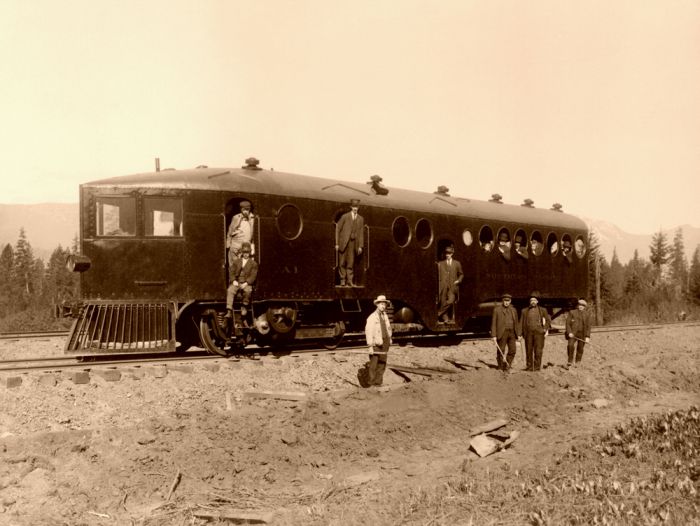|
|
History: Rail Transportation In The United States
|
Many Canadian and United States railroads originally used various broad gauges, but most were converted to 4 ft 8 1⁄2 in (1,435 mm) by 1886, when the conversion of much of the southern rail network from 5 ft (1,524 mm) gauge took place. This and the standardization of couplings and air brakes enabled the pooling and interchange of locomotives and rolling stock.
- Impact of railroads on the economy
The railroad had its largest impact on the American transportation system during the second half of the 19th century. The conventional historical view has been that the railroads were indispensable to the development of a national market in the United States in the late 19th century. American economic historian Robert Fogel, however, disagrees, arguing that without the railroad, America's gross national product (GNP) would have been 7.2% less in 1890. While this is the largest contribution to GNP growth made by any single innovation before 1900, this percentage only represents 2–3 years of GNP growth, which is relatively small. Fogel concluded that the railroads were important but not essential to late 19th century growth in the US. The railway would remain the dominant form of transportation until the invention and production of the automobile. However, Fogel does not account for the "spill-over" effects of the railroads: railroads provided much of the demand for the technological advances in a number of areas, including heat dynamics, combustion engineering, thermodynamics, metallurgy, civil engineering, machining and metal fabrication. One particularly important "spill-over" effect of the railroads was the national adoption of standardized time zones.
Fogel's specific hypothesis is that the primary effect of the invention of the railroad was the resulting social savings from converting from a system based in water and wagon transport to one which used railroads. Switching to railroads served as a means of reducing not only the cost but also the time of transportation, which had important subsequent opportunity cost implications as well. Fogel calculated railroads produced increased social savings of about 1.2% of the total gross domestic product (GDP), noting the unique efficiency of the railroad lies in that it can be operated in any weather condition throughout the year. Specifically, one industry in which savings were significantly large was the shipping of agricultural commodities inter-regionally. Fogel calculates that the absence of the railroad would have "doubled the cost of shipping agricultural commodities inter-regionally."
|
|









